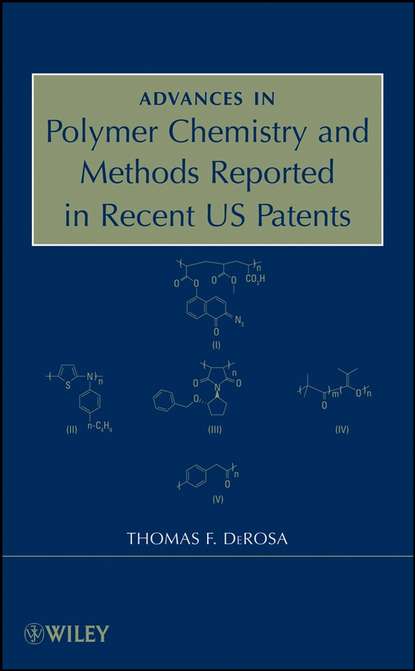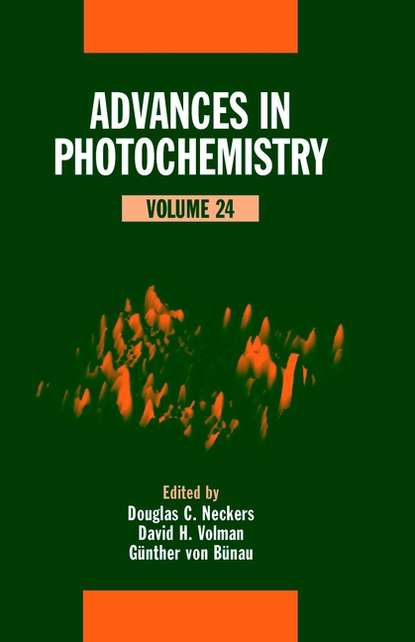Целью этой книги является ознакомление академических и промышленных исследователей и студентов с новейшими методами синтеза и характеризации полимеров в 9 выбранных областях химии полимеров, описанными в патентах США 2007-2008 годов. В ней рассматривается влияние новейших методов анионной, катионной и радикальной полимеризации в объеме на выбранные промышленные применения. Также обсуждаются поперечные сшивающие агенты на основе выбранных би- и трифункциональных реагентов, фотохимические методы или радикальные агенты. Наконец, имеется отдельный раздел о реакциях катионной и катионной полимеризации с раскрытием цикла, описывающий ди- и тригетероциклические мономеры и их использование в медицинских устройствах.
The aim of this publication is to provide information to scientists and innovators in industry and colleges on the benefits of various modes of creation and identifying methods in polymers that were reported by United States patent authorsities over the years 2004-2010. Our particular attention is drawn to synthetic anionic cationic or radically catalysed processes and to endless methods of principal material dimensioning and coating utilising selected two- functional and multifunctional chemical compounds, as well as the evaluations of optical designation methods or free radicals. There is in addition a distinct portion placing emphasis upon identifying and creating cationic loops (open polymerisation) techniques using diary and tricyclic monomers together with their application in chronic disease conditions.
Электронная Книга «Advances in Polymer Chemistry and Methods Reported in Recent US Patents» написана автором Thomas DeRosa F. в году.
Минимальный возраст читателя: 0
Язык: Английский
ISBN: 9780470385982
Описание книги от Thomas DeRosa F.
The objective of this book is to convey to academic and industrial researchers and students advances in synthetic and characterization methods in 9 selected areas of polymer chemistry reported in 2007-2008 US Patents. It reviews the impact of newer bulk anionic, cationic, and free radical polymerization methods within selected industrial applications. Bulk and surface crosslinking agents using selected bi- and tri-functional reagents, photochemical methods, or free radical agents are also reviewed. Finally, there is a separate section on cationic and cationic ring opening polymerization reactions describing di- and tri-heterocyclic monomers and their use in medical devices.



















